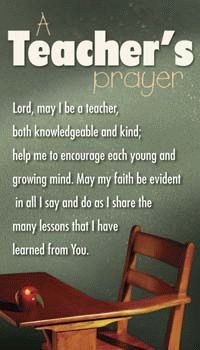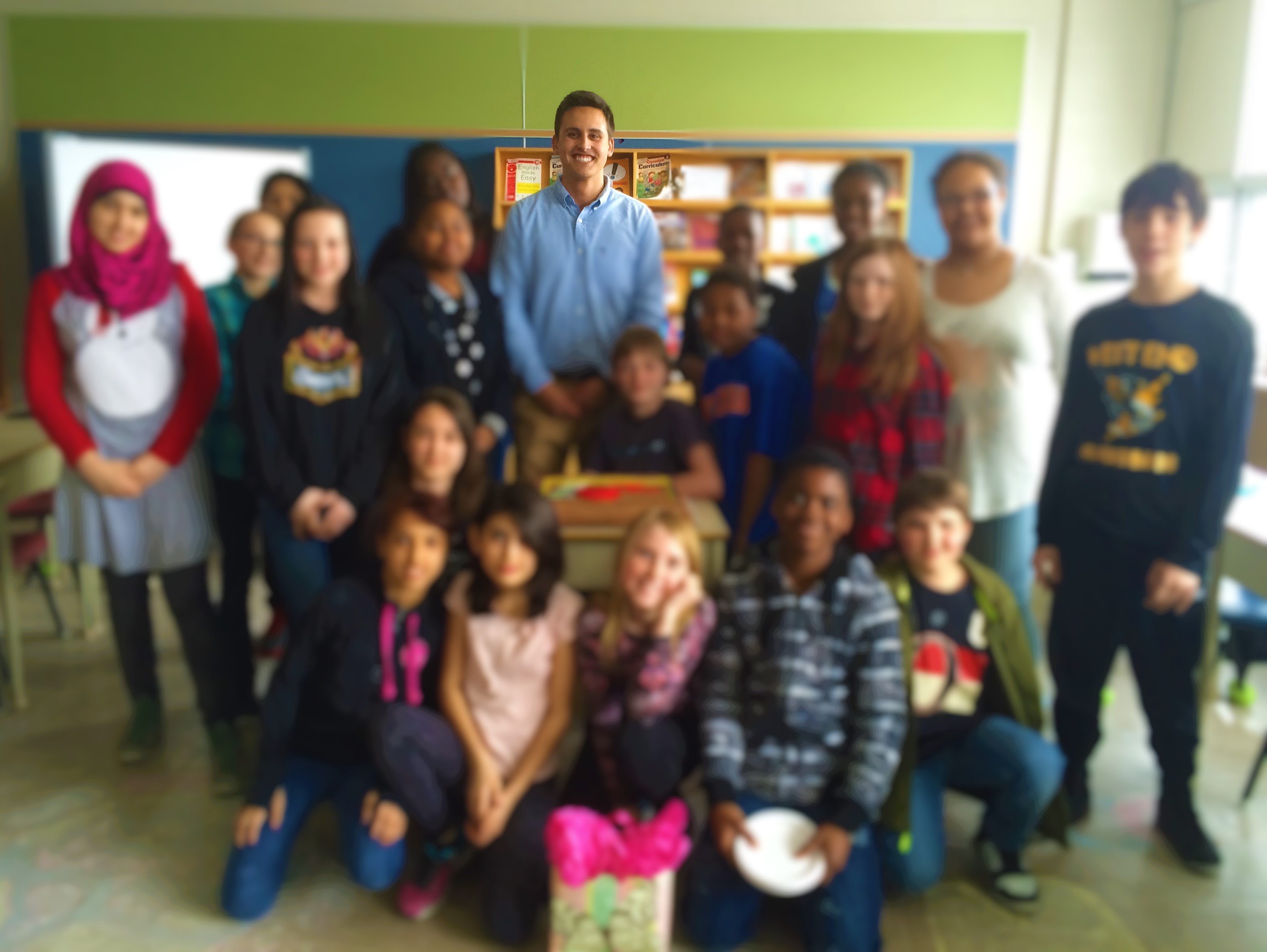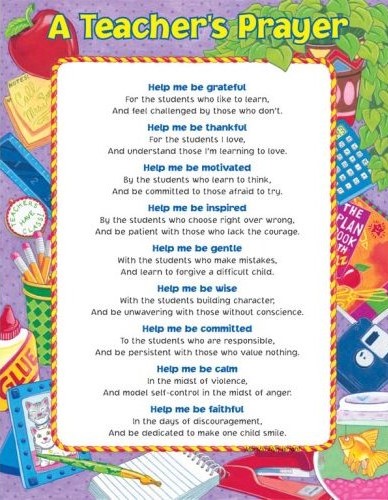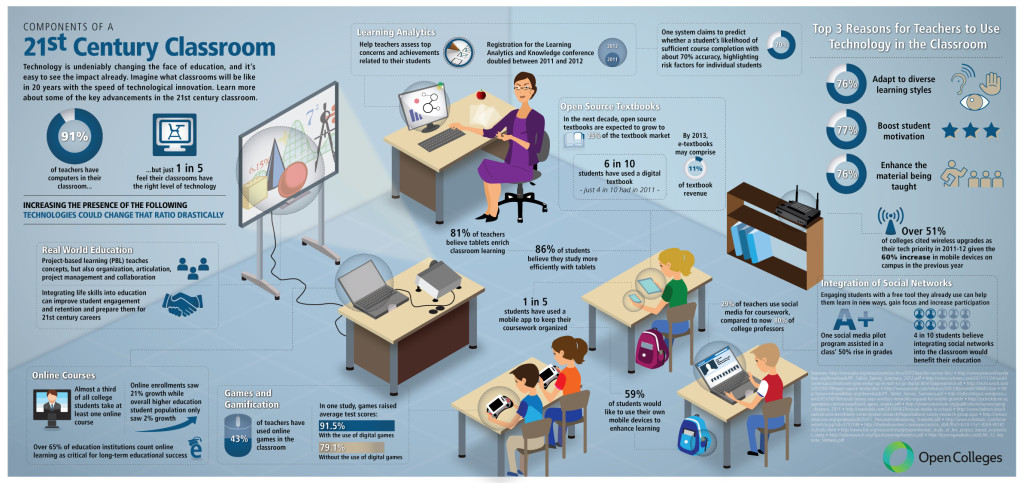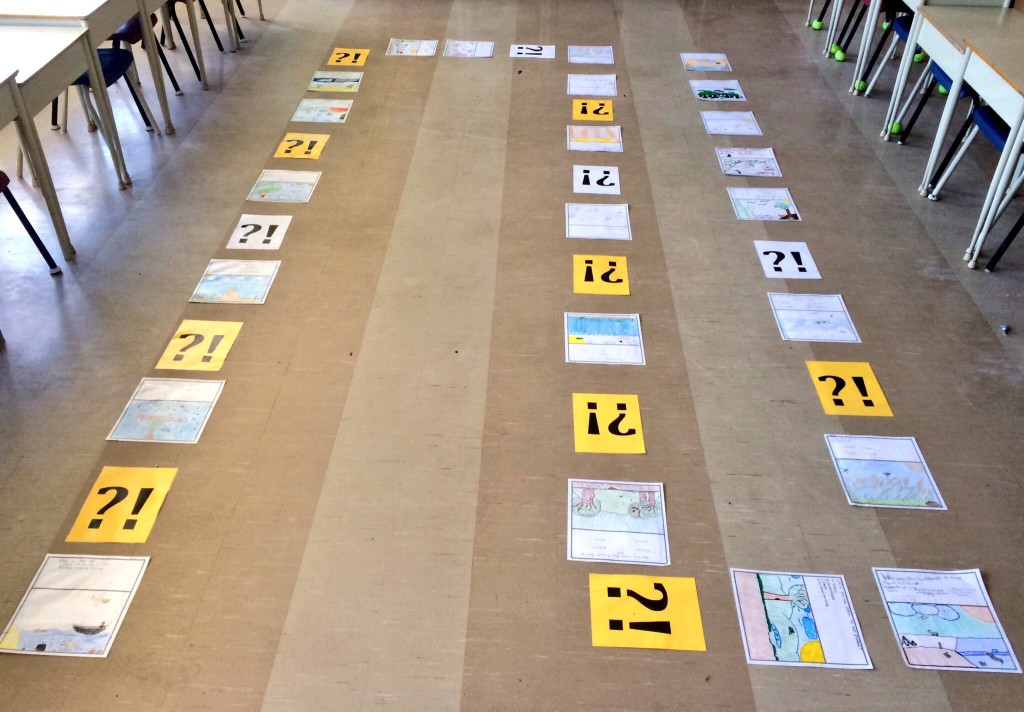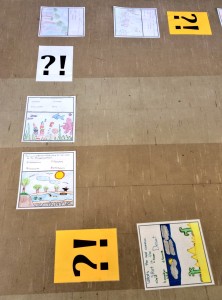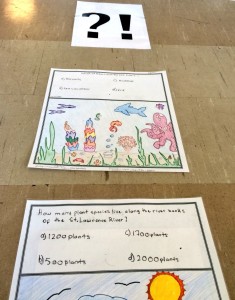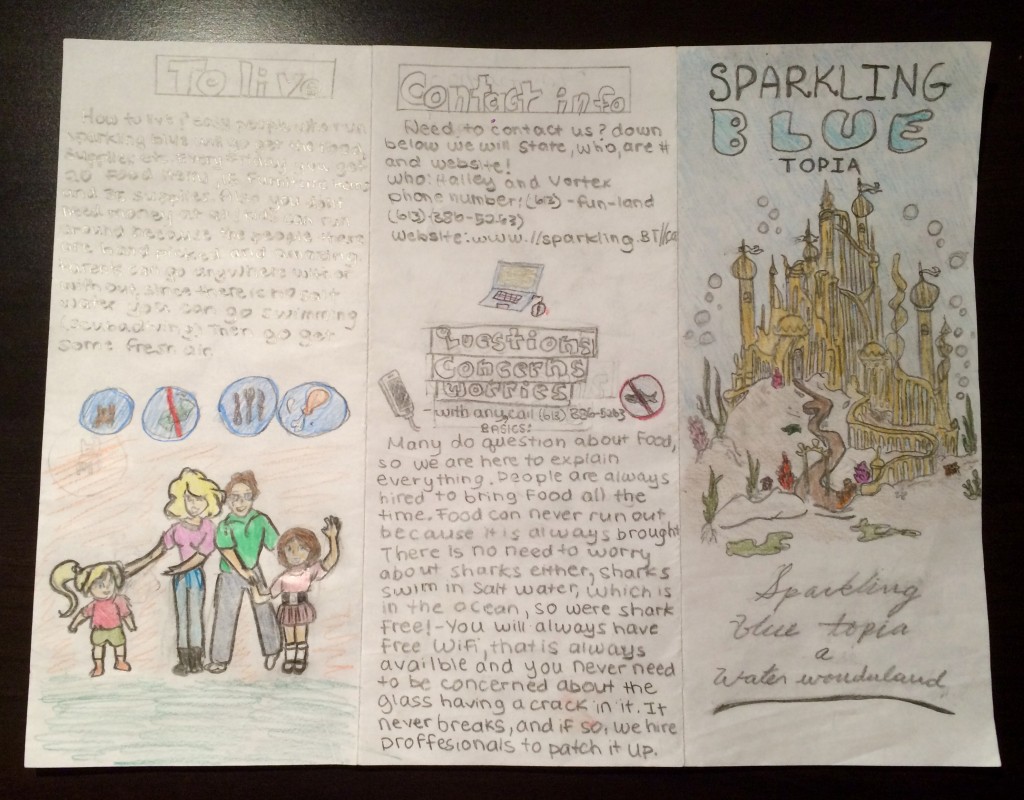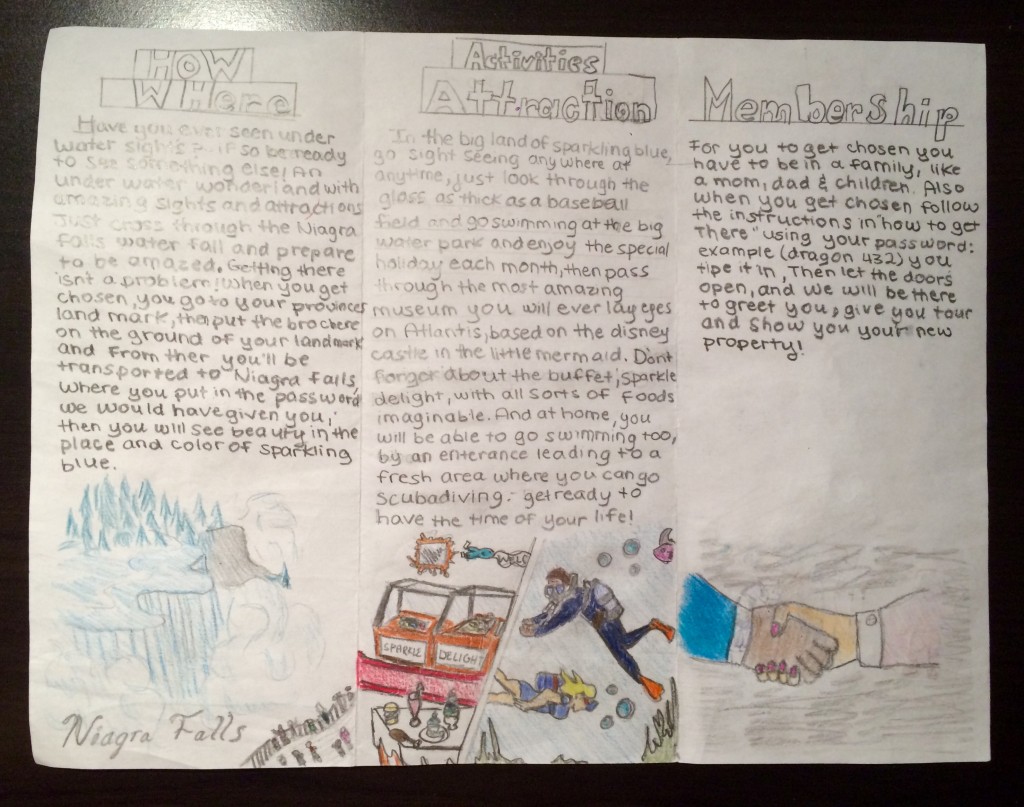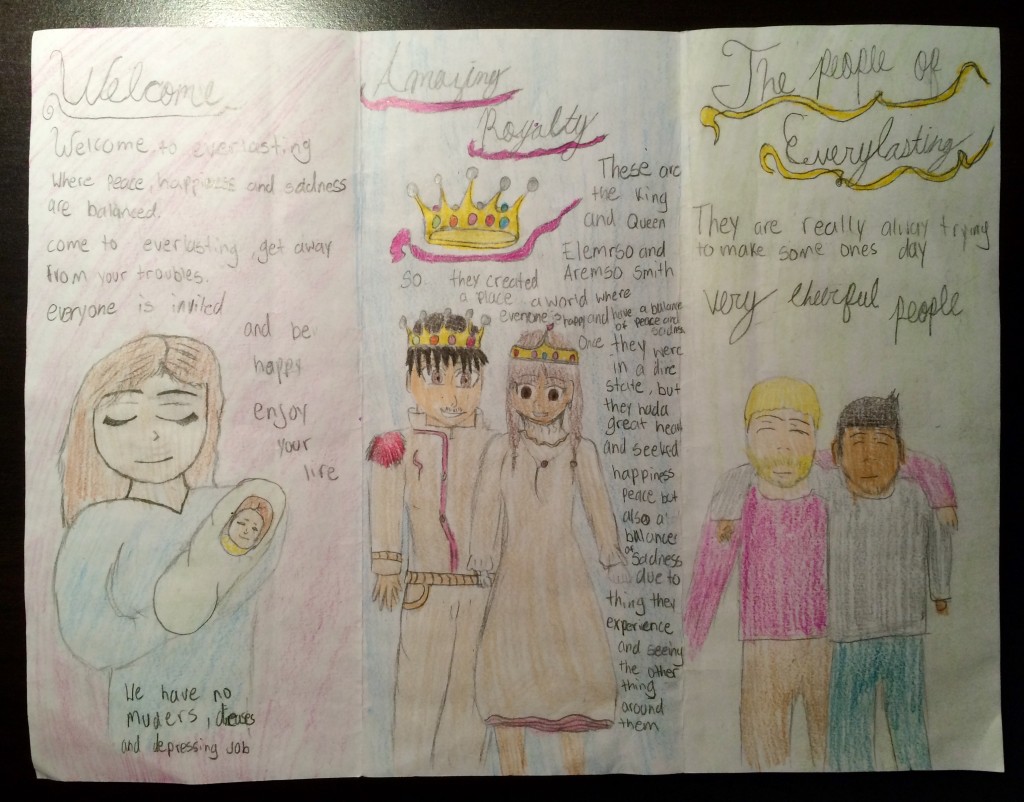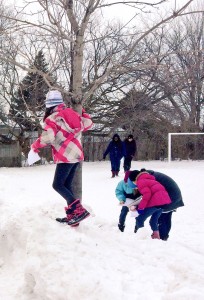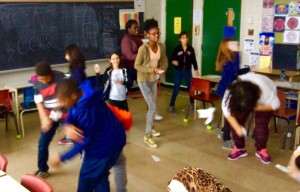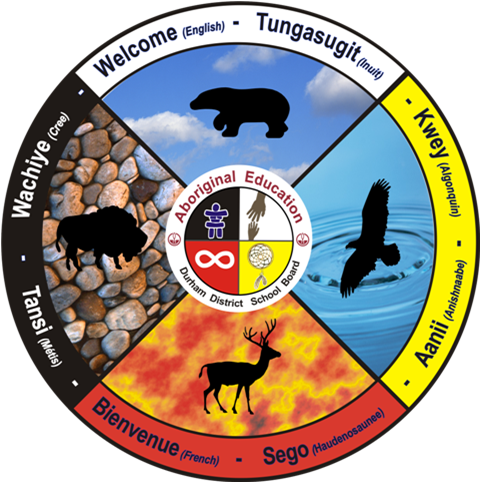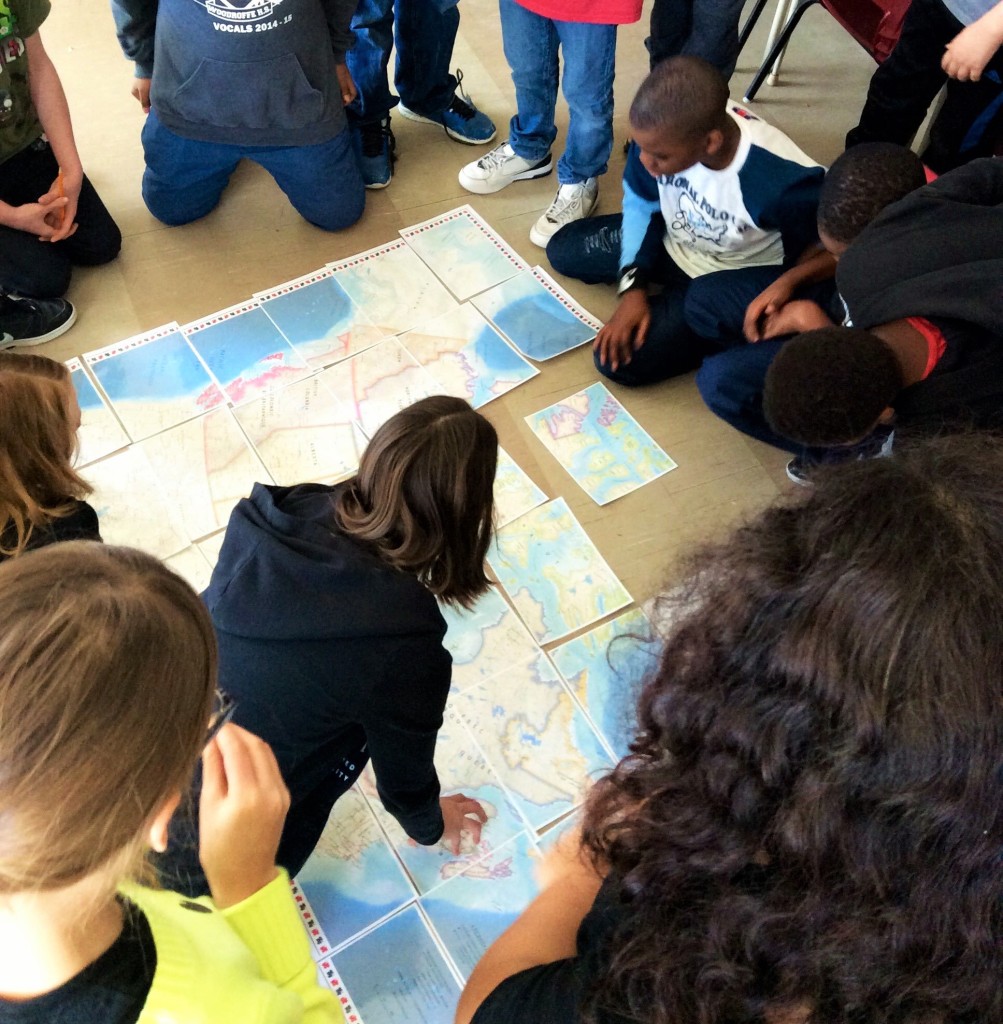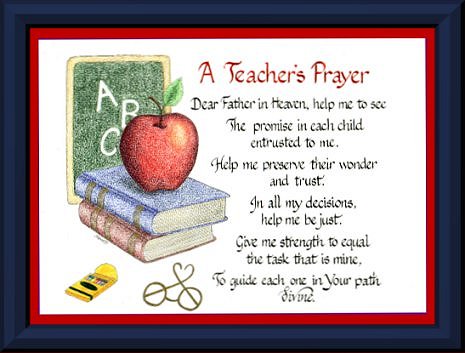Practicum Reflection: Week 8

8 weeks ago, I walked into Pinecrest Public School to begin my first student teaching placement. Pinecrest is talked about as one of the “roughest” schools in all of Ottawa, with many of its students living in shelters or subsidized housing projects. Everyday brought a new challenge, whether it was related to academics, bullying, mental health, nutrition, or another area of concern. However, after 8 weeks of teaching fulltime, I truly came to know and understand each of my grade 7 students and their situations. Their life stories made me want to try harder and be better for them.
What does it mean to be a good student? Does it mean to have good marks? Does it mean being polite and kind to other students and teachers? Does it mean to be involved in extracurricular activities?
There are many times in the teaching profession when teachers fall into a trend of praising the small successes of the students who are struggling, while failing to praise the great successes of their “top” students. My goal for this week, especially as it was my last week of practicum, was to celebrate the success of all of my students, including those who I expect nothing less from.

I was definitely more attentive throughout the week to my students’ academic successes, giving more vocal and written praise. I believe that this truly had an impact on my students’ effort and work ethic, since it allowed them to realize that someone else recognized their achievements. Also, for the last day of my placement, I wrote each student a personalized card thanking them for welcoming me into their classroom and for all of their effort over the past 8 weeks.
Speaking of my last day of practicum…

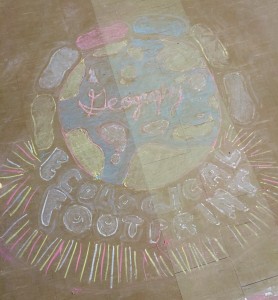
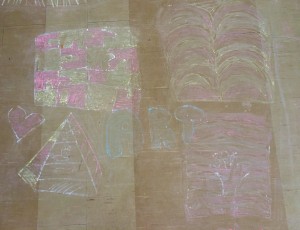
Today was my last day with my class, and one that I will never forget. When I walked into my classroom, the students had drawn a chalk mural on the floor recounting all of the lessons and topics that I taught them. This blew me away; maybe they had learned something after all! Afterwards, they sang me a song they wrote, gave me a few cards they made, and presented me with an incredible cake, none of which was expected! Lastly, my associate teacher gave me a framed poster that was absolutely hilarious.
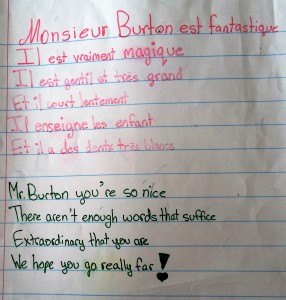
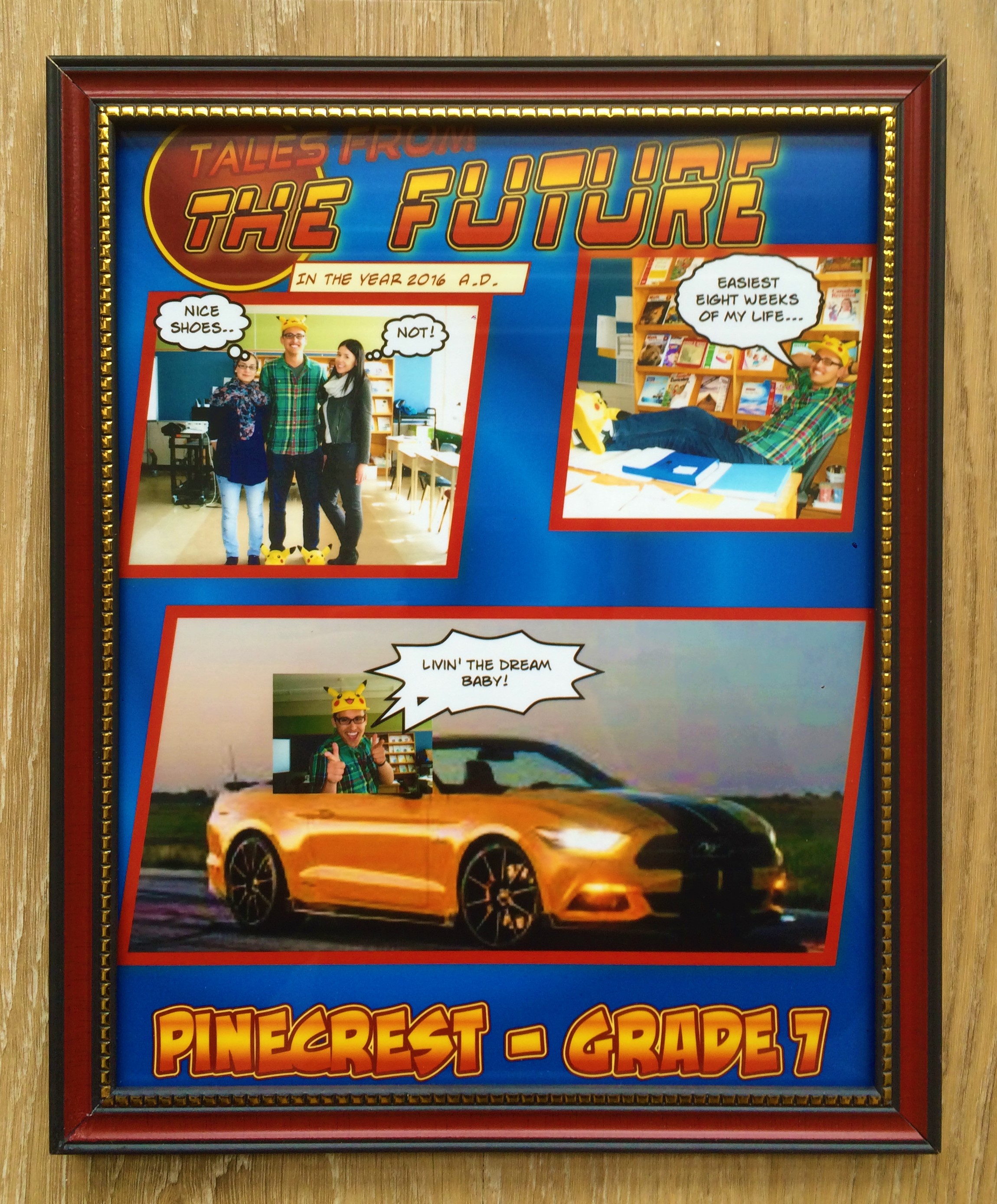
I am truly going to miss 7A and I’m thankful to have been their teacher. In reality, they taught me way more than I could have ever taught them. Until next time, 7A!
A Teacher’s Prayer #10
Practicum Reflection: Week #6

Who knew teachers got just as excited about March Break as the students? More than anything, the week-long break was a time to unwind, regroup, and re-evaluate everything teaching and education related. I’ve noticed so much growth in myself personally and professionally since the beginning of practicum, but without taking a moment to sit back and reflect, it is difficult to fully appreciate the experience and everything that it is teaching me.
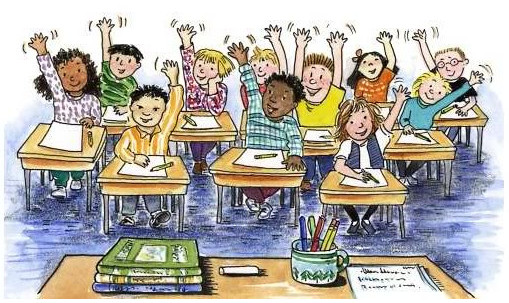
Over the last few weeks, I have noticed that the same group of students raise their hands to answer every question. In any classroom, there is always that one group of students that consistently raise their hand and compete with the others to get called on. Not only do these students have the magic ability to literally hold their hand up for hours, but if we could let them talk all day, they would. My goal for the week was to promote every student’s engagement within the classroom. I chose this to be my goal for this week specifically to reorient students’ motivation for learning following March Break.
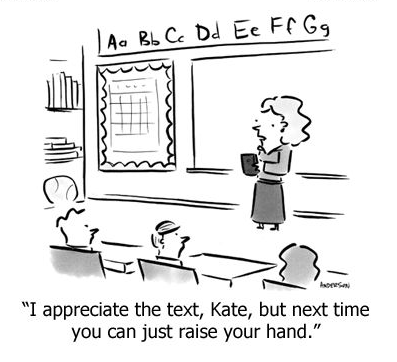
Students learn when they are engaged within the classroom, but what is engagement? In my opinion, students are engaged when they are actively thinking about the topic. For some students, it takes a little longer to think about the topic. For this reason, I now wait between 8-10 seconds after posing a question to the class before calling on a student. When I notice that students are disengaged with the lesson, I start to count the number of hands I see; this seems to encourage students to engage with the lesson and encourage their peers to do the same.
March Break wasn’t just a time to reflect as a teacher, but students reflected over the break as well. One of my more difficult students seemed to have a revelation during some reflection that led to him writing myself and two other teachers a letter. Here is a photo of the letter I received:
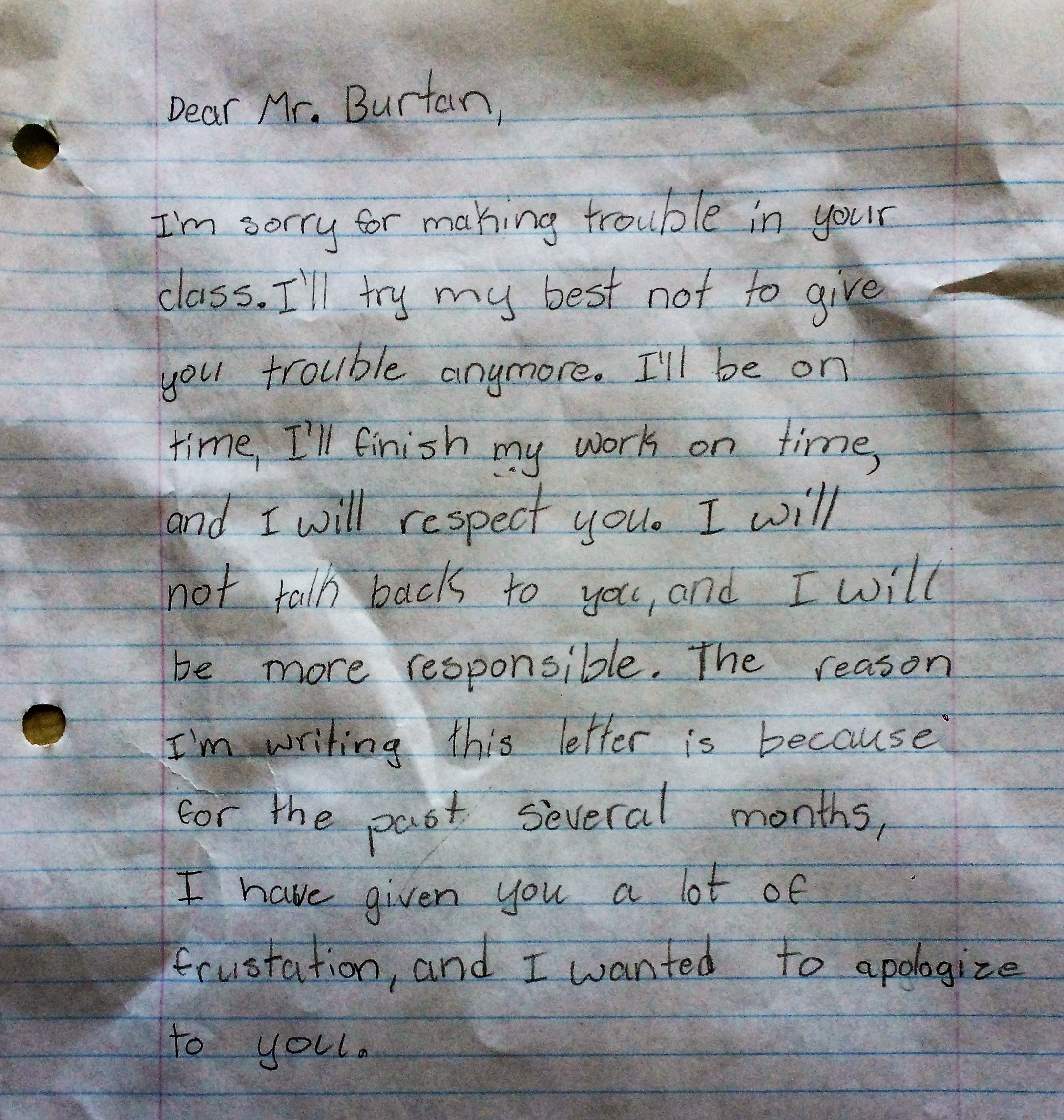
After he gave the letter to me on Monday, he has been a pleasure to teach ever since. I am not exactly sure what caused this change of attitude, but I can only hope that I helped to play a small part. Moments like these are why I hope to teach the middle school grades; teenagers are in such a critical period of their lives and as a teacher, you never know what role you might play in their life story.
Practicum Reflection: Week #5
After last week’s successful use of technology for the geography natural resource projects, I made it my goal to continue the use of computers and technology to elevate student learning. This week, I took it upon myself to implement more visuals for my students in the form of Google Slides, video clips, and photos and maps from the internet, among other images. My students are very receptive of technology, no matter what form it comes in, and my visual were no different; they proved to capture the attention of even my most distracted students.
In addition to technology, I used more artifacts than normal. For our life-sized ecosystem board game project, I created my own board game piece to show my students exactly what was expected of them. This was very effective and many of my students produced great work that mirrored the effort that I demonstrated for them. Additionally, for a geography lesson about water as a natural resource, I used beakers and water to show the various quantities that water exists in our world (97% ocean, 2% frozen, >1% underground, ~0.007% fresh). This visual was effective in putting into perspective how valuable our fresh water is and how important it is to keep it clean and unpolluted.
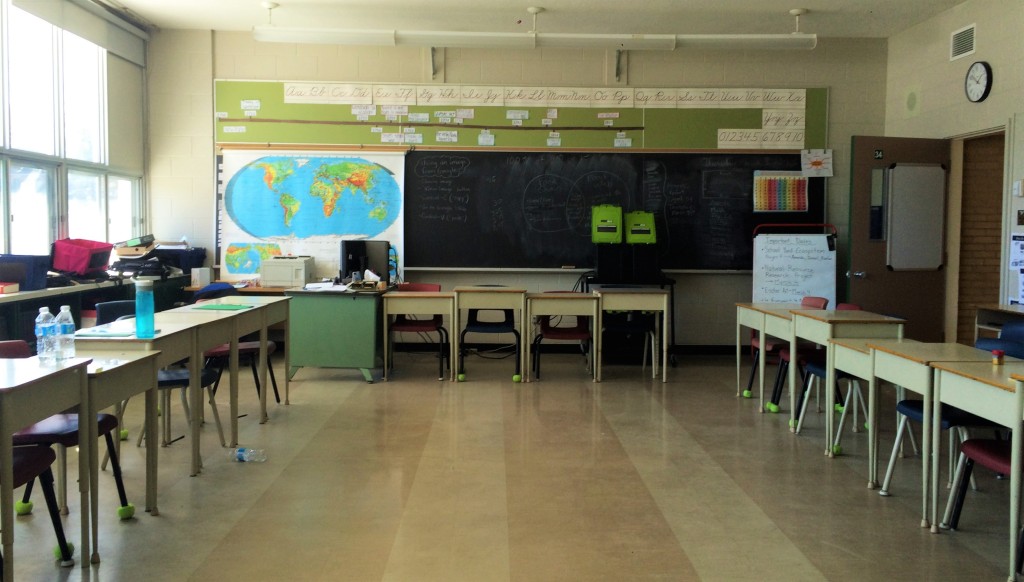
Going back to the life-sized ecosystem board game project that I mentioned earlier… IT WAS AWESOME! I gave each student a blank “board game piece” and on it, they were to draw a visual representation of their assigned ecosystem and write a multiple choice question that correlated with that ecosystem. On the back of the square, they wrote the answer to their question and wrote a paragraph providing more information about their question. Once everyone had completed their square, I laminated them, laid them out on the floor of our classroom, and we played the life-sized board game! It was received very well by the students, and was educational to boot. The life-sized board game is definitely a culminating task idea that would work well with any grade level, and one that I will do again in the future.
A Teacher’s Prayer #9
Practicum Reflection: Week #3
This week was officially my first full week of teaching. There was a PD day during Week 1 and a holiday and some snow days during Week 2. This week was five straight days of teaching, and I LOVED it! I really feel like I am getting into the groove of teaching, especially at the intermediate division.
The goal I outlined for myself this week was to gain a better since of my students through analyzing the social aspect of my classroom culture. At the very essence, my classroom is loud, but I have come to realize that a loud classroom does not necessarily mean unproductive. My students are very close with one another and show love and support for each other as friends. This definitely plays a role in the learning taking place within the classroom walls.
Implementing group work was something that I was hesitant with at first because my students were always so loud and sometimes distracted by their peers. However, after thinking about it critically from a teacher’s standpoint, I realized that the students would benefit from group work in many ways. Firstly, collaborative learning would greatly benefit the students that require differentiation or are learning at a lower grade level. Additionally, I could provide my students with more content-heavy assessments since they had more hands and minds to work on it. Lastly, my students would have more fun working with their peers, which at the end of the day is what gave me the confidence to implement group work.
There was an assignment due this week in Language that required group work. For this assessment, I allowed students to choose their own groups with the hopes of students feeling more comfortable to collaborate with each other. Here are some examples of the final products:
While most groups excelled at the task and demonstrated the necessary skills to accomplish group work, there were some that were not so successful. It was apparent that some groups were too distracted by their peers to complete the work in time and to the best of their ability. This is something that I will keep in mind as I continue to use group work in my classroom, reminding me that some students require knowledge and experience for how to properly and effectively collaborate with their peers.
This week, I also really wanted to get my students more active during their learning. To start with, I took my class on a little field trip… AKA a trip to the field. They got to discover the schoolyard ecosystem and list the various biotic and abiotic features that are right in our own backyard.
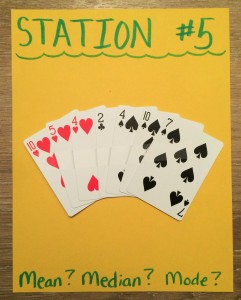 Later in the week, I was trying to come up with a fun and engaging way for my students to practice their mean, median, and mode skills. Little did I know, the cards I was playing with at the time would soon become my next engaging math lesson! Realistically, I should have known… There are 101 ways that you can incorporate a deck of cards into a math lesson. I create 7 stations, each equipped with a random selection of playing cards, and they had to record the mean, median, and mode for each. The students seemed to get really into it, and they loved the fact that they were able to get up out of their seats and walk to each station posted in the hallway. Definitely a successful lesson that I will do again with my future classes!
Later in the week, I was trying to come up with a fun and engaging way for my students to practice their mean, median, and mode skills. Little did I know, the cards I was playing with at the time would soon become my next engaging math lesson! Realistically, I should have known… There are 101 ways that you can incorporate a deck of cards into a math lesson. I create 7 stations, each equipped with a random selection of playing cards, and they had to record the mean, median, and mode for each. The students seemed to get really into it, and they loved the fact that they were able to get up out of their seats and walk to each station posted in the hallway. Definitely a successful lesson that I will do again with my future classes! ![]()
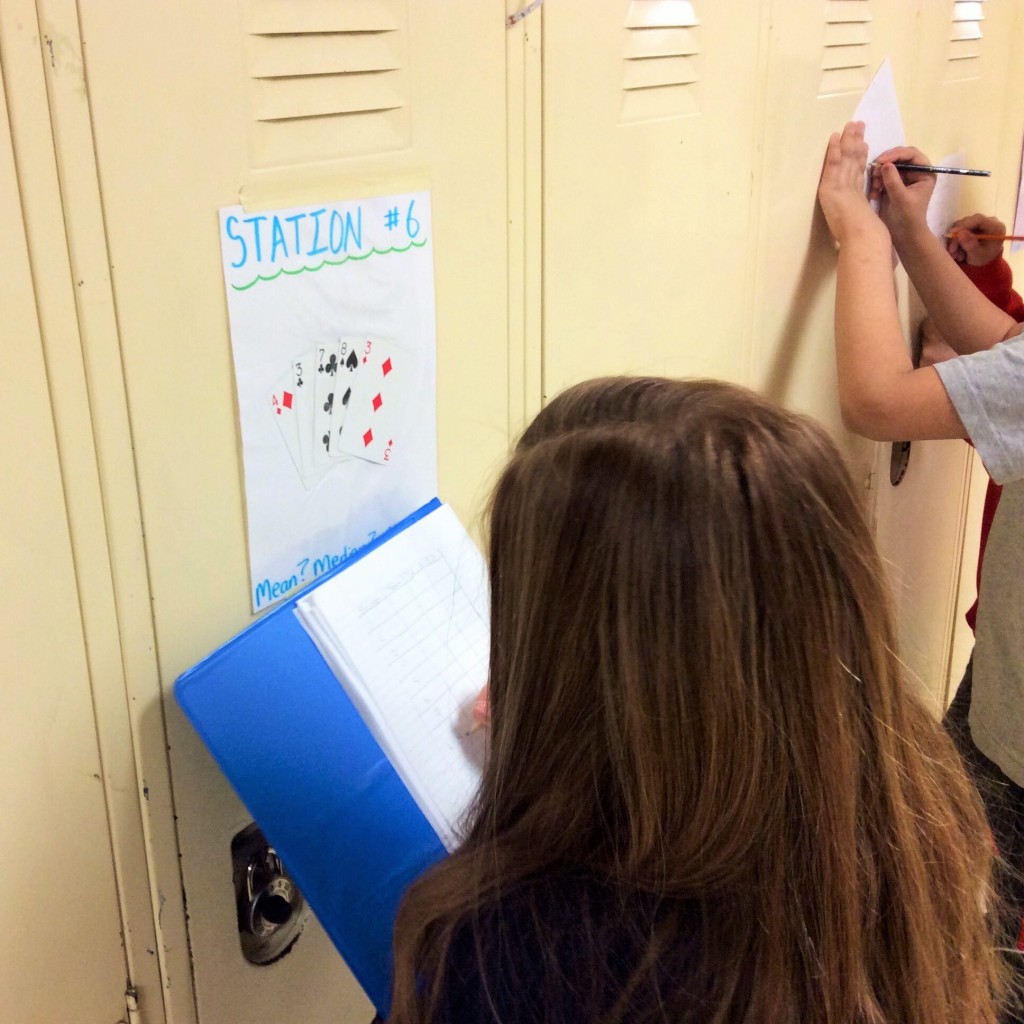
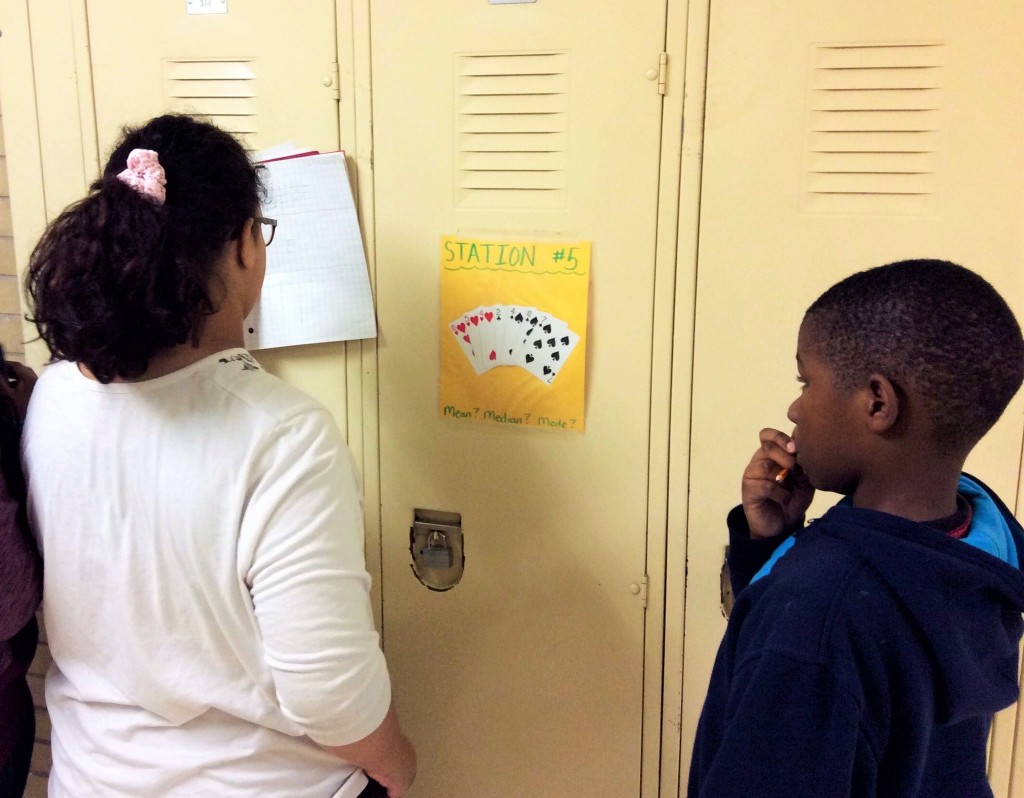
Towards the end of the week, we unfortunately had to lose our our gym time to another event happening in the school. However, this did not mean that we would lose our Physical Education lesson! Luckily, I had a Daily Physical Activity (DPA) stored in my back pocket from the PD day that I attended two weeks prior. We used recycled paper to go “ice skating” around our classroom. Each student had two pieces, one for each foot, and had a blast skating forward, backward, and in circles. What would a winter-based activity be without a snowball fight to cap it off?! Yes, that’s right… We had an indoor snowball fight by crumpling up the paper, dividing the class into two teams, and trying to have the least amount of “snowballs” on their side at the end of a minute. The students had an absolute blast! Just don’t tell the principal…
Looking forward to another full week coming up next week!
A Truthful Narrative: FNMI Inventions and History
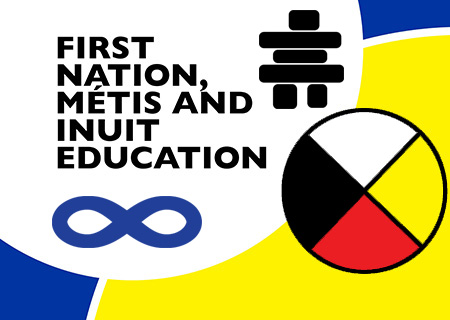
A Truthful Narrative discusses the importance of including First Nations, Metis, and Inuit (FNMI) inventions and history in the current kindergarten to grade 12 curriculum. Many innovations have been pioneered by FNMI peoples, which is an important part of Canada’s heritage. Additionally, it is important for every student to be able to recognize themselves in the curriculum that they are being taught, and this will be accomplished for FNMI students by integrating their history into the mainstream curriculum. The article provides 6 different themes that can be covered at each age level:
|
Division |
Grades |
Curriculum Theme |
| Early Learning | Kindergarten | Holistic Engagement with FNMI Nations |
| Primary | Grades 1 to 3 | Building Community with FNMI Peoples |
| Junior | Grades 4 to 6 | FMNI Contributions in Our Lives |
| Intermediate | Grades 7 and 8 | Investigating FNMI Nations |
| Secondary | Grades 9 and 10 | FNMI Resources |
| Secondary | Grades 11 and 12 | FNMI Present Realities |
Creating an inclusive classroom is essential to the academic success of all students. Teachers should strive to provide a culturally and ethnically diverse curriculum for their students, therefore promoting themes of inclusivity and acceptance in the classroom. In this type of environment, group learning experiences in the classroom are encouraged, which will foster a sense of cooperation among members of a diverse classroom.
An important attribute of a teacher is their ability to teach all students. This includes being informed, respectful, and accommodating to students of different cultures, religions, abilities, and socio-economic statuses. Students are complex individuals, and it is a teacher’s duty to acknowledge students’ academic and non-academic strengths. It is very important that teachers review educational material and select lessons that the diverse students in my classroom could relate to, which is main messages conveyed in A Truthful Narrative. This would ensure that all students feel appreciated and valued in the classroom, thus leading to more confidence in their academic abilities.
Practicum Reflection: Week #2
Monday: Family Day Holiday
Tuesday: Snow Day
Wednesday: Snow Day
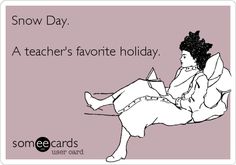
This week was a short week, but a good week! My goal going into the second week of practicum was to truly understand each of my students and where they were at academically. Working at Pinecrest Public School has really opened my eyes to the necessity that is differentiation, since one individual classroom could have as many as 7 or 8 students working below grade level, with the other students’ learning being affected because of that. The importance of getting to know my students’ level of learning was so that I could allow each student to experience success, whatever that is for them academically.
The first thing I did was reviewed my students’ Individualized Education Plans (IEPs). In my classroom alone, I have 8 IEPs, 3 of which are modified. Reading through the IEPs allowed me to review what had been documented in the past, such as psychological evaluations, ways in which students’ learning is to be accommodated or modified, and what specific goals each student has outlined for the current term. With this knowledge, I was able to gain a better sense of how student learning could be differentiated in order to be successful.
During this week, I was able to implement various differentiation techniques, such as read-alouds, collaborative learning (pairs or small groups), graphic organizers, visuals (artifacts, PowerPoint presentations, videos), and devices such as chrome books. With this differentiated teaching, I was able to see a shift in the classroom culture, in both the students’ performance and efficiency, since I started my practicum.
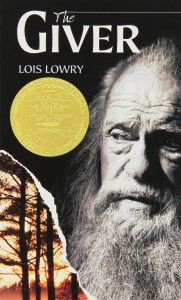 This week, we started our novel study of The Giver. Before I started my practicum, my students had done two novel studies, during which the students read independently, answered reflection questions, and submitted them for evaluation. With this novel study, I wanted to change up the process, having it be more like a book club. As a class, we read aloud a chapter, discuss key points, and collectively and orally respond to some reflection questions. Following this process, I write a topic up on the board that relates to the chapters read during that class and each student individually writes a half-page “quickwrite”. I have found that this process allows for each student to gain a deeper understanding of the novel themes, provides an opportunity to reflect on and debate viewpoints presented in the novel and presented by students, while also placing every student on an even playing field, despite their reading ability.
This week, we started our novel study of The Giver. Before I started my practicum, my students had done two novel studies, during which the students read independently, answered reflection questions, and submitted them for evaluation. With this novel study, I wanted to change up the process, having it be more like a book club. As a class, we read aloud a chapter, discuss key points, and collectively and orally respond to some reflection questions. Following this process, I write a topic up on the board that relates to the chapters read during that class and each student individually writes a half-page “quickwrite”. I have found that this process allows for each student to gain a deeper understanding of the novel themes, provides an opportunity to reflect on and debate viewpoints presented in the novel and presented by students, while also placing every student on an even playing field, despite their reading ability.
One of the highlight moments for me this week was when I had my students construct the map of Canada using 36 tiles (courtesy of Canadian Geographic). This got the students moving, using manipulatives, and working together as a class. Oh yeah, I guess it helped them with their Geography lesson too…
After they finished constructing the map, we learned about the natural resources that Canada produces and discovered where each resource is abundant.
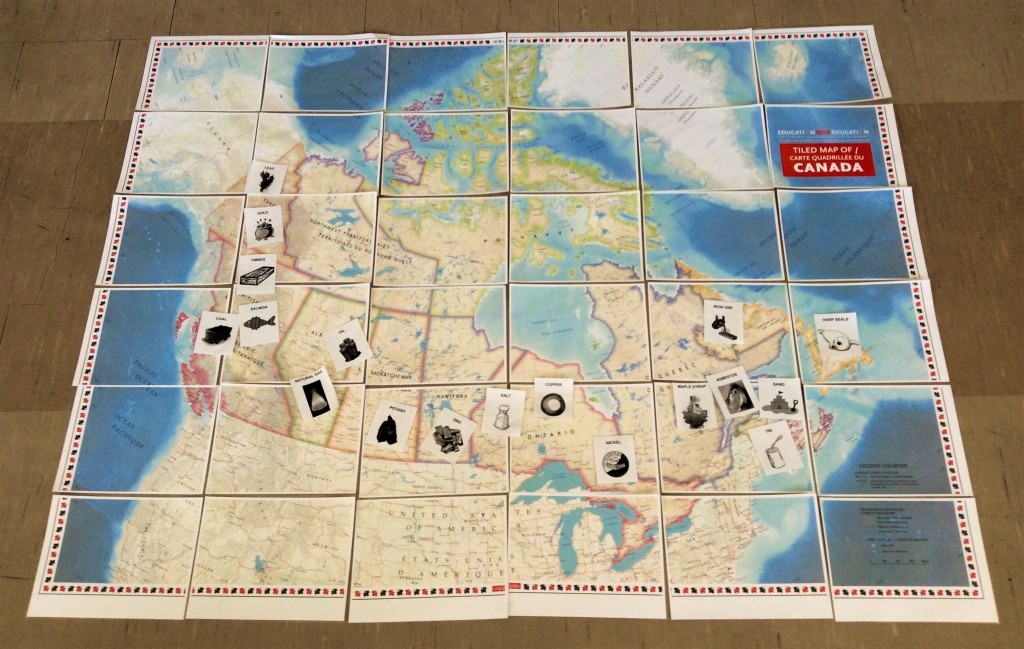
Following the success of this Geography lesson, I’m really looking forward to trying new ways to get the students moving around during their learning!
